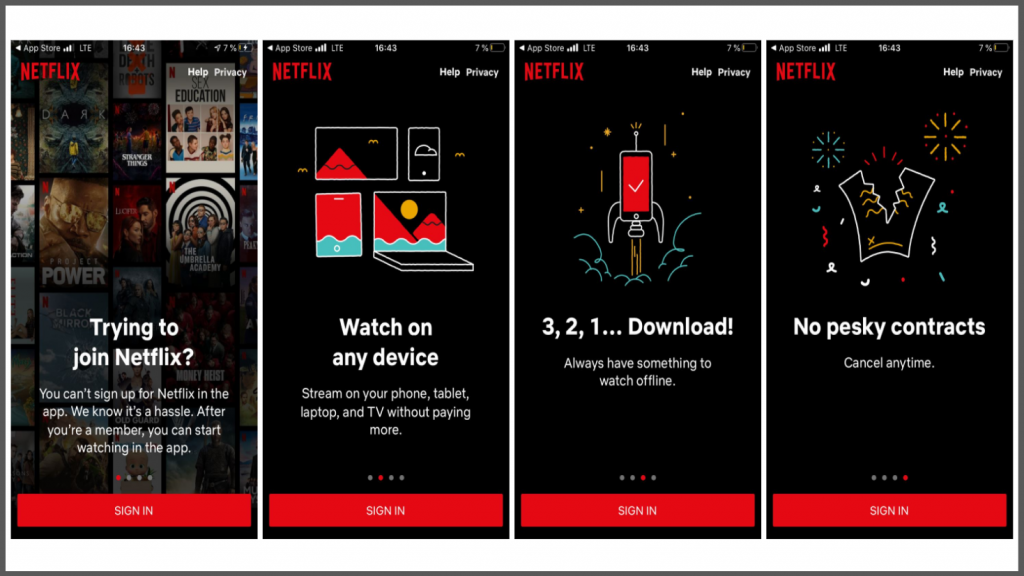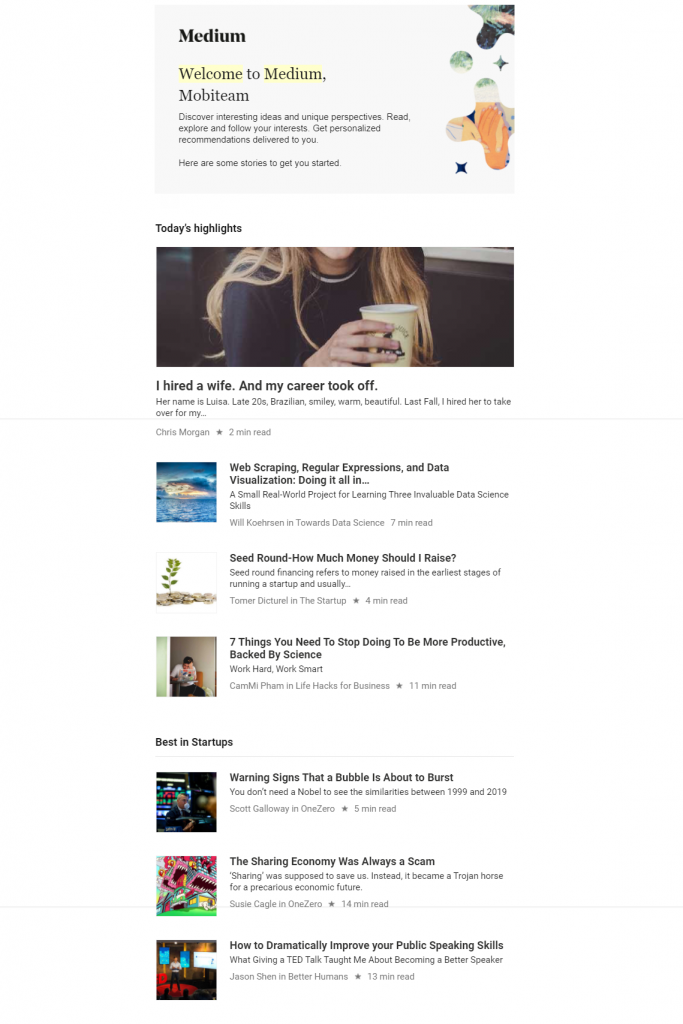User onboarding is meant to help user’s experience with a product or service, but at the same time is a great marketing tool to attract new customers and raise awareness about what you are promoting.
Bad set up onboarding is like an unsuccessful party, where you don’t know anyone, what’s going on and what to do further, while others are enjoying the party.
On the other hand, good onboarding is similar to a friend that is ready to share all information and help you know what to do, who are the guests and creates a familiar atmosphere, so that you can feel comfortable with everything at this party.
In case you don’t want your product or service to be rejected by users in the first place, you need to create a good onboarding experience for everyone. In this article, this is exactly what we are going to talk about, and share our knowledge and experience on how to create good onboarding.
#1 Why Do You Need User Onboarding
In order to find out why your business needs good onboarding, you need to know the setup steps for it.
- Marketing. First of all, the marketing campaign promotes the statement that your product/service can solve users’ issues.
- First-use onboarding. Second of all, the First-use onboarding convinces users that this statement is true.
- Sales. Later on, you register sales.
- Educational onboarding. And the last step is educational onboarding.
So, out of these four steps, it results that there are 2 types of onboarding. Each of them has different goals: While First-use onboarding is about increasing the conversion rate, and attracting new potential customers, Educational Onboarding focuses on maintaining users and helping them progress with your product or service.
However, if your product or service does not include a clear payment stage, then there is no border between First-use and Educational Onboarding.
One of the first things users wonder about is “Can this product help me with my issues/needs? Is this product worth the money and time I invest?” The global goal of onboarding is to help users find answers to their questions. Sell the trust in the product.
#2 Types of Onboarding
There are known several big types of onboarding that have proven performance according to our researches.
- Swipes
- Welcome letters
- Product tours
- Product cases and templates
Swipes. This type of onboarding is focused on showing in the first place, product/service advantages. The problem with swipes, is that… you need to swipe them. It’s a reading place with very beautiful design, and pretty interactive, but you still have to read – what users don’t exactly like to do, to be honest.
Netflix or Nike Running Club are two examples of Swipe Onboarding. In the first case, Netflix highlights that you can watch video content from multiple devices, while Nike Running Club explains for whom their product is designed and why you need it.
Swipes are not popular in e-commerce, and most of all they work best for apps. When using swipes, you need to show several key features of your product in the best possible shape, and light design – to achieve the best performance. But still, it depends on the product type.

Welcome letters. At the first sight, this is just the email you get straight after you register. The goal of this email – to make you use the product/service.
Rich content products, usually provide a selection of what might be interesting for you – like Medium does. Another case is Slack – this time, the team behind the product helps you get along with what you just downloaded and make use of all the features.
If you plan to send welcome letters for your product, it’s very important to understand what to write. Pay attention to product complexity and again – the type of product/service you are promoting

Product Tours. These ones are necessary for helping users get the right direction within the product/service you are promoting. They can be displayed as pop-ups, video tutorials, or help screens.
In Mobile Apps, Product Tours and Swipes look very similar to each other. However, swipes remind you why the product needs to be purchased, all features and key moments, while product tours help you understand how to get these features faster, and also, how to make use of them.
Product tours are popular in products or services where features are not so obvious. As mentioned before, the goal is to friendly help users know better all features of your product, and make good use of it.
Product cases are used for a well-defined audience. They prove how can your problem can be fixed using their tool. For this, as a user, you will receive a template where you can play around with and try to get what you were looking for in the first place. These templates are similar to a single-use trial version, but their goal is to make you use the tool you need.
If you are not sure which one to choose for your product, check out the second part about onboarding!






